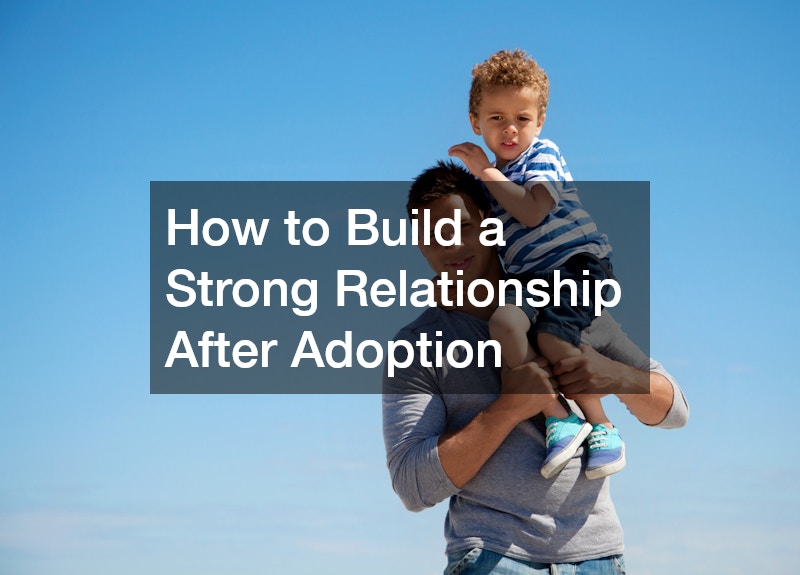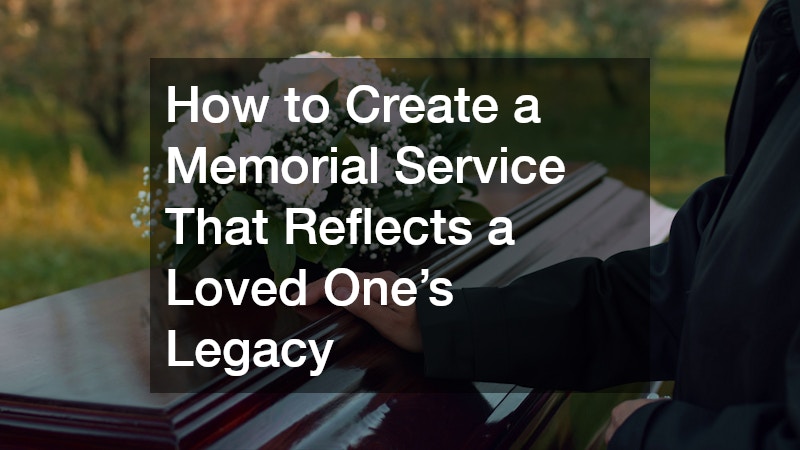How to Build a Strong Relationship After Adoption
This article explores the essential steps and considerations for forging strong relationships within families formed through adoption. Understanding the dynamics of these relationships can help ensure emotional well-being and family cohesion. Adoption is a beautiful journey that creates unique family dynamics.
However, the emotional landscape for both parents and children can be complex, involving layers of attachment, adjustment, and identity formation that take time to navigate. By exploring the fundamental aspects of relationship building, families can better anticipate challenges and actively cultivate connections, allowing everyone involved to thrive in their new roles.
What are the initial steps to bonding with an adopted child?
Building a strong relationship begins with taking the right initial steps to foster trust and connection. Establishing routines and providing a sense of stability can create a conducive environment for bonding. Children often thrive in consistent settings where they feel secure and valued. Gradually introducing traditions, shared rituals, or regular one-on-one activities can reinforce a sense of predictability and safety.
Additionally, engaging in activities that allow for shared experiences can help bridge the gap between parents and their adopted child, nurturing a sense of belonging. Simple daily moments—like reading together, cooking, or participating in hobbies—can accumulate into strong relational foundations. Patience is key, as children may take time to warm up, and small, consistent efforts often yield the deepest bonds over the long term.
How can communication be effectively established in adoptive families?
Open and honest communication is crucial in any family, but it holds particular significance in adoptive relationships. Being transparent about the adoption process and the emotions involved can help children understand their story and feel included. Parents should create safe spaces for children to express their feelings without fear of judgment.
Furthermore, utilizing age-appropriate language and encouraging dialogues about feelings can foster openness, making it easier for children to bond with their adoptive families. Active listening, reflecting emotions back to the child, and validating their experiences also strengthen trust. Families may find that regular check-ins and conversations help normalize discussion of complex topics like adoption, identity, and family history.
What role does understanding the child’s background play in relationship building?
A child’s history and background can significantly influence their attachment style and relationships with family members. Understanding trauma, cultural differences, and past experiences can provide insights into a child’s responses and behaviors within their new environment. Awareness of these factors helps parents tailor strategies to meet the child’s emotional needs more effectively. Taking time to learn about the child’s early experiences, family of origin, and any previous care settings can help parents anticipate challenges and respond with empathy.
Moreover, acknowledging and embracing the child’s background fosters a sense of identity and connection, facilitating the bonding process between adoptive parents and their children. Integrating aspects of the child’s heritage, traditions, or interests into daily life can validate their experiences and enhance feelings of belonging. Celebrating milestones or incorporating familiar routines from the child’s past can further reinforce security and show that their history is respected and valued, strengthening trust and emotional attachment.
How can parents support their adopted children’s emotional needs?
Recognizing and addressing the emotional needs of adopted children is essential for fostering a supportive environment. Children may bring unresolved feelings related to their adoption, so being attentive and responsive to these emotions is crucial. Open discussions can help children process their feelings while reinforcing the bond with their adoptive family. Consistently showing empathy, validating their experiences, and offering reassurance can further strengthen trust and create a sense of safety.
Additionally, seeking resources such as therapy or support groups can provide families with tools to better navigate emotional hurdles, ultimately strengthening family ties. Parents should also model healthy emotional expression themselves, demonstrating that feelings can be discussed safely and openly. Encouraging creative outlets, journaling, or other forms of self-expression can give children additional ways to process emotions. Creating this kind of environment builds resilience, emotional security, and a strong foundation for long-term well-being.
What strategies can families use to navigate challenges post-adoption?
Every family faces challenges, and understanding effective strategies to handle them can strengthen familial bonds. Establishing a problem-solving approach allows families to address issues collectively and reduces feelings of isolation. Techniques such as family meetings can encourage collaboration and ensure everyone’s voice is heard.
Further, sharing stories and experiences with other adoptive families can provide valuable insights and support, helping to normalize challenges and instill a sense of community. Celebrating successes, no matter how small, and maintaining a flexible, patient approach can help families navigate conflicts or setbacks with empathy and understanding.
Fostering a strong relationship after adoption is a continuous journey that involves patience, understanding, and adequate support. By addressing the needs of adopted children and maintaining open communication, families can build lasting connections that thrive. The dynamics of adoptive families are enriched by love and resilience, but require commitment from all members. By prioritizing relationship building and nurturing emotional health, families can create a harmonious environment that promotes growth, security, and connection for everyone involved.




Post Comment